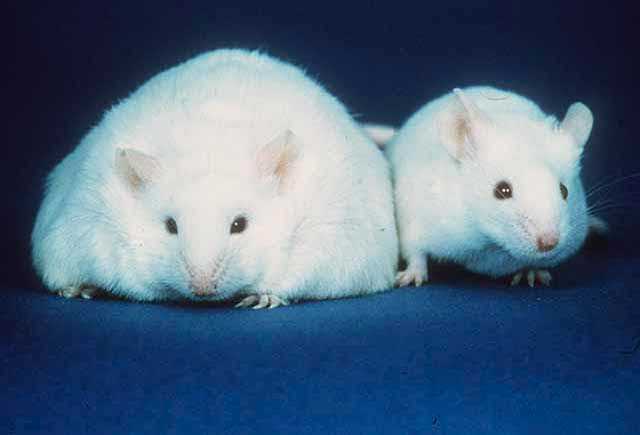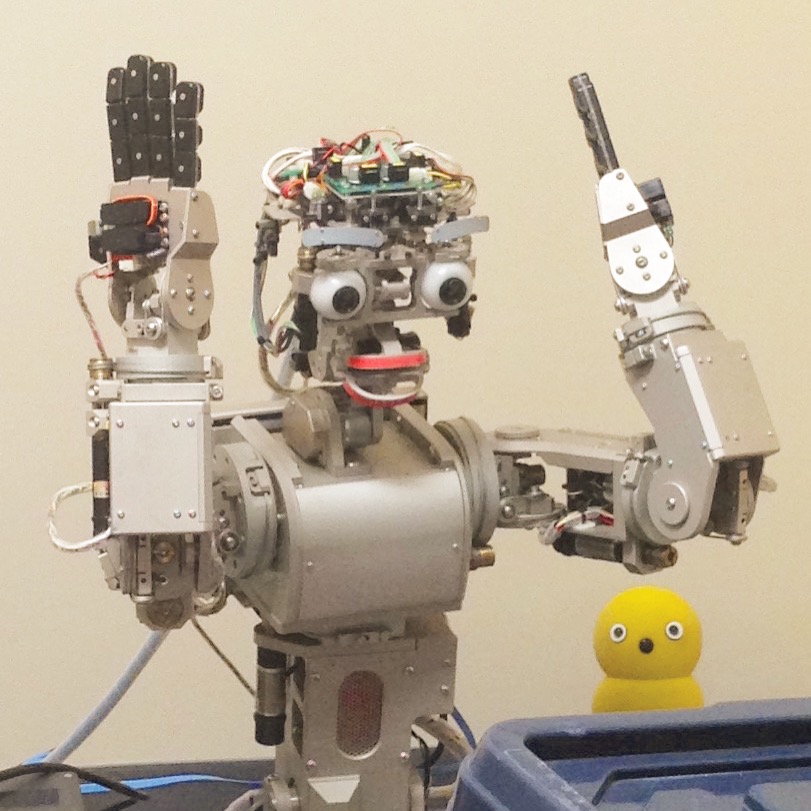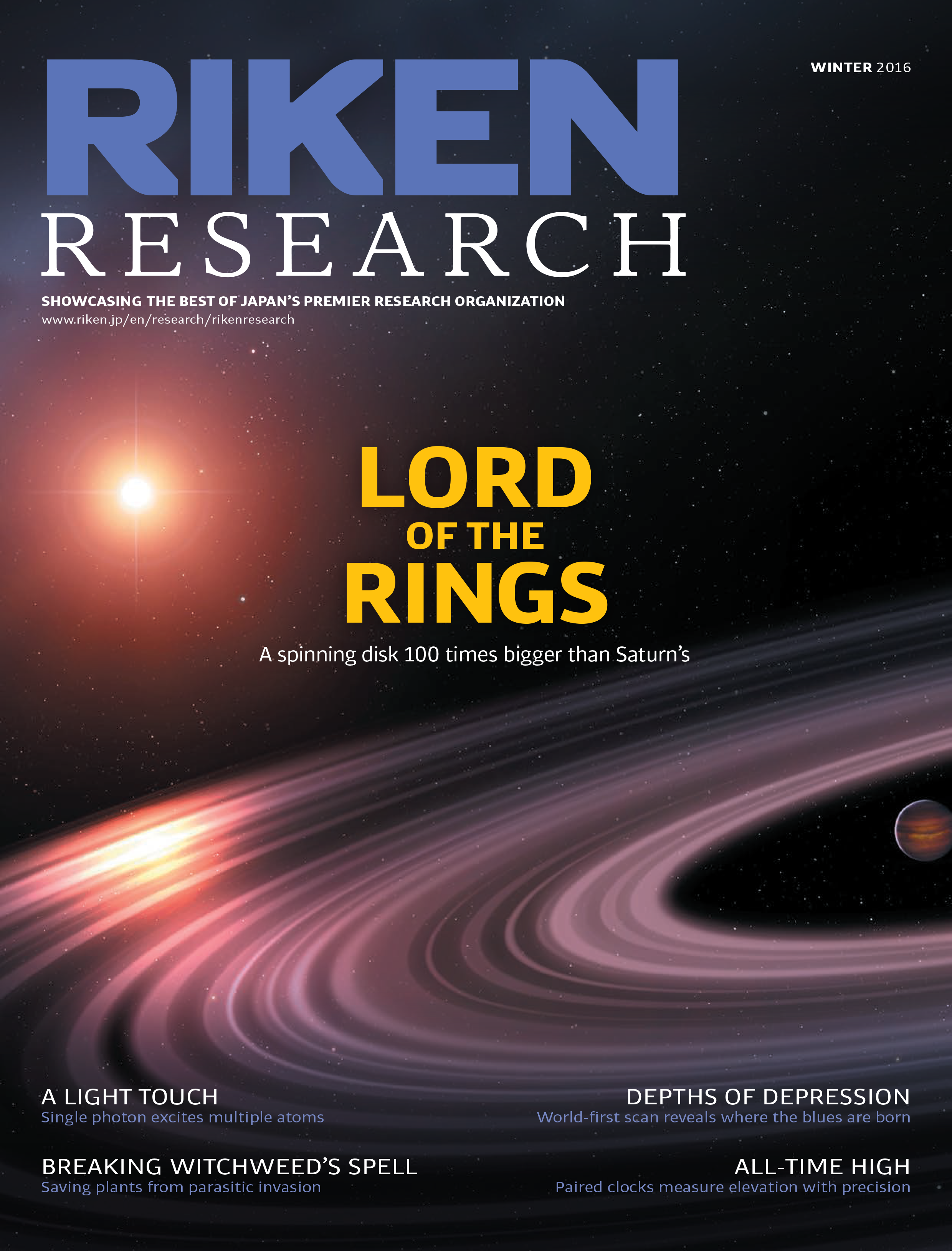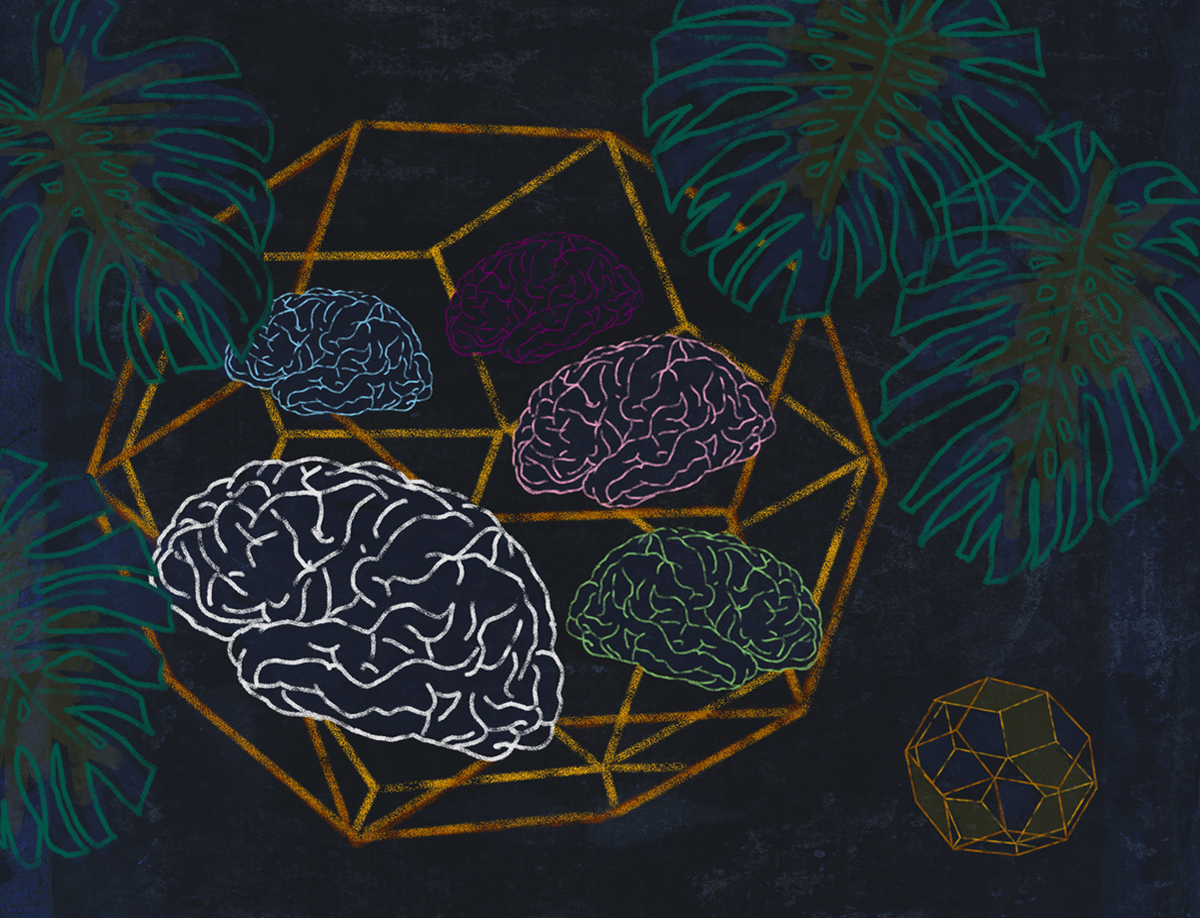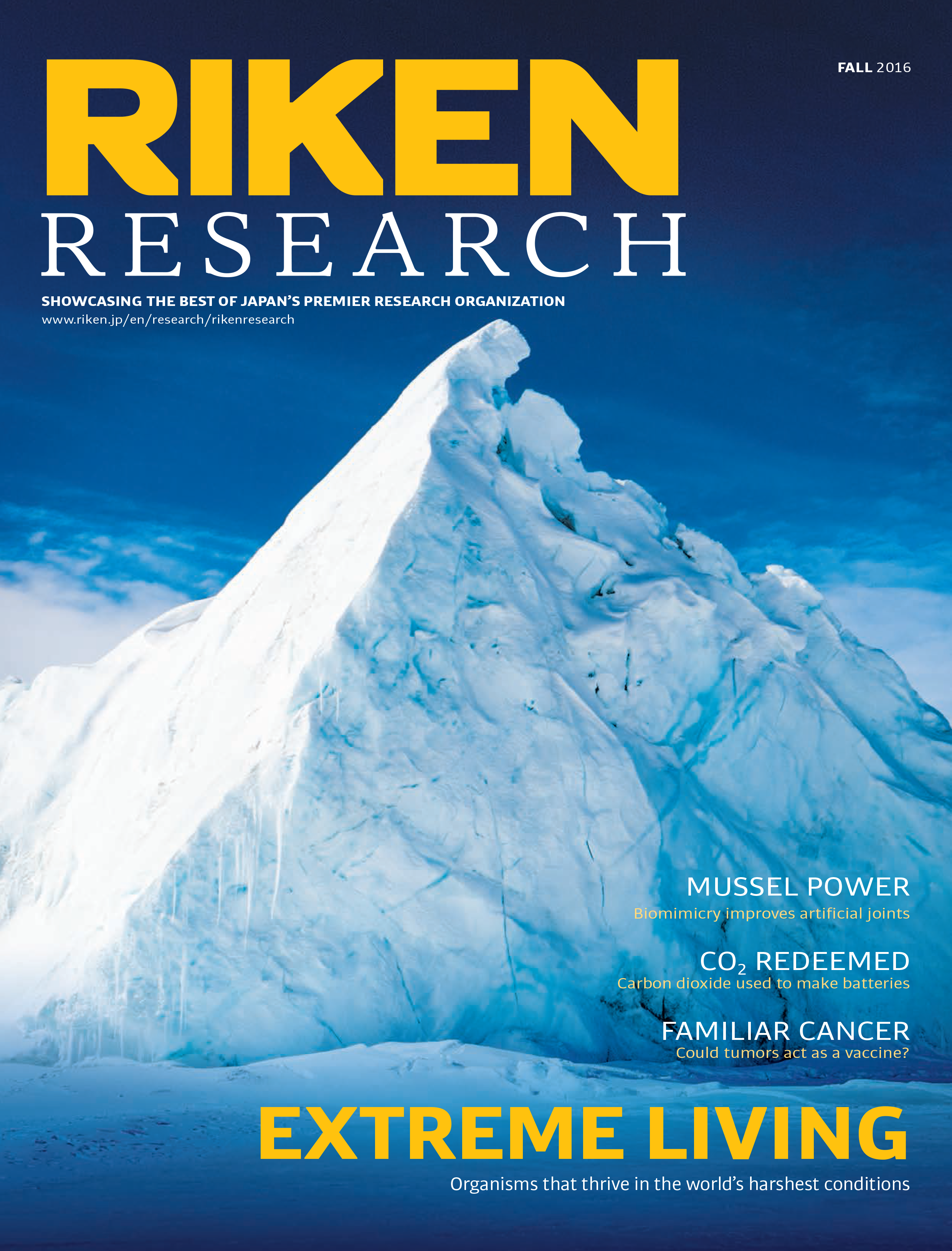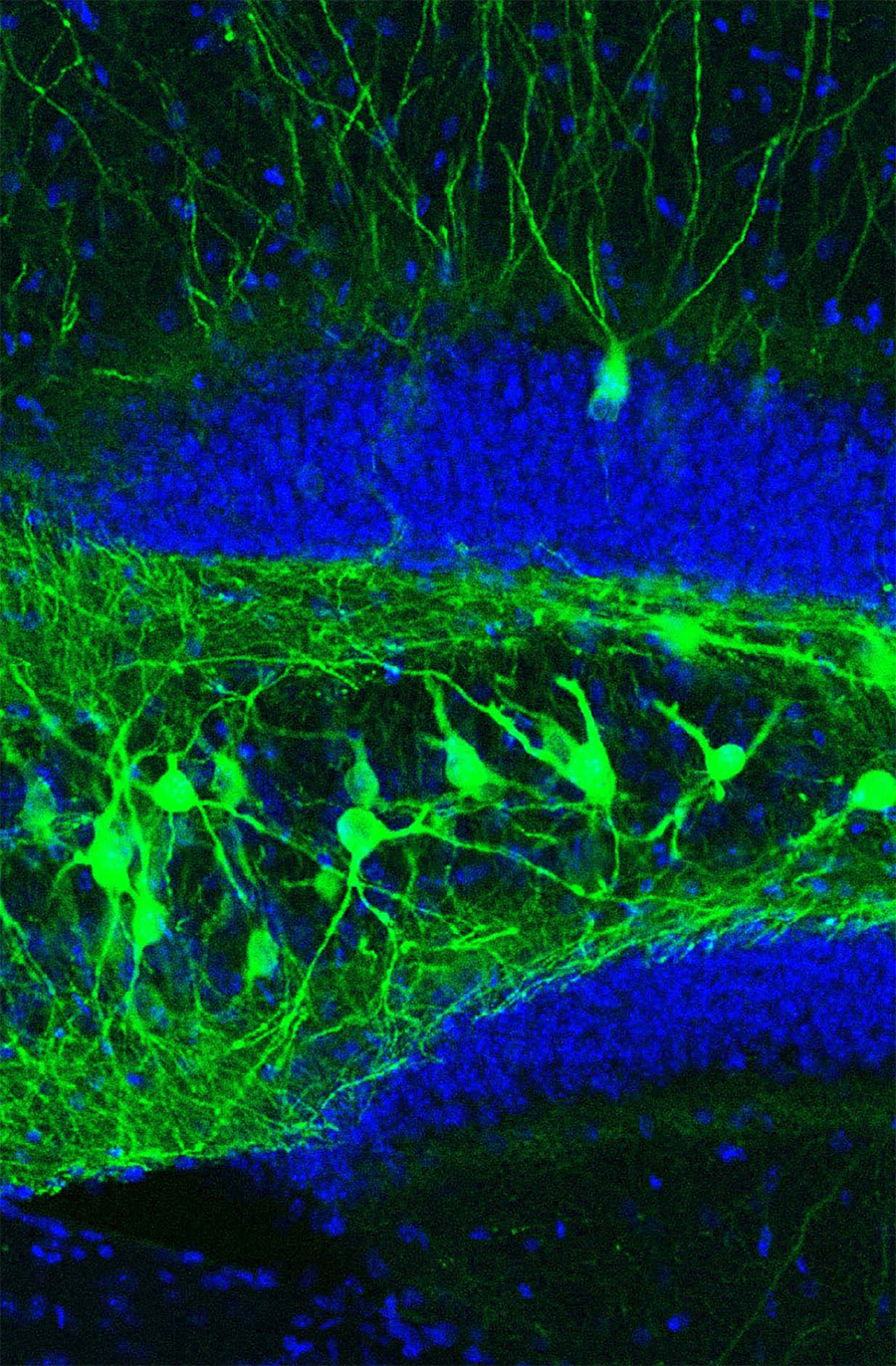Latest research animations
Self-assembly of spider silk
This gut microbe might protect against diabetes and reduce insulin resistance
NEW: One-way hydrogel guides motion of tiny worms!
Latest Posts
No Results Found
The page you requested could not be found. Try refining your search, or use the navigation above to locate the post.
Blocking obesity with a protein-sugar combination
Robotic researcher to the rescue
RIKEN Research Winter Issue
The geometry of consciousness is a multi-dimensional math trip
RIKEN Research Fall Issue
Locating social memories in the brain
Big news in iPS cell transplants
In Japan, women in science seek allies, resources in push for gender equality
Measuring altitude — with clocks?
19
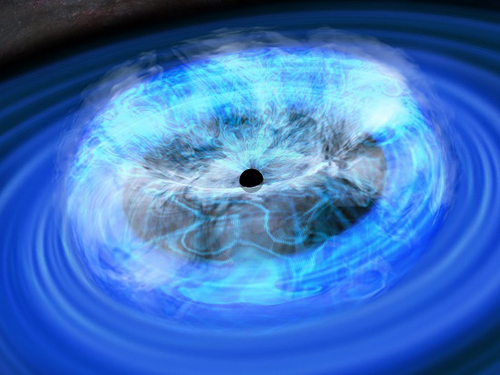
Supermassive black holes still dark and mysterious
For the first time, scientists have measured the strength of magnetic fields near supermassive black holes and something doesn’t add up.
7
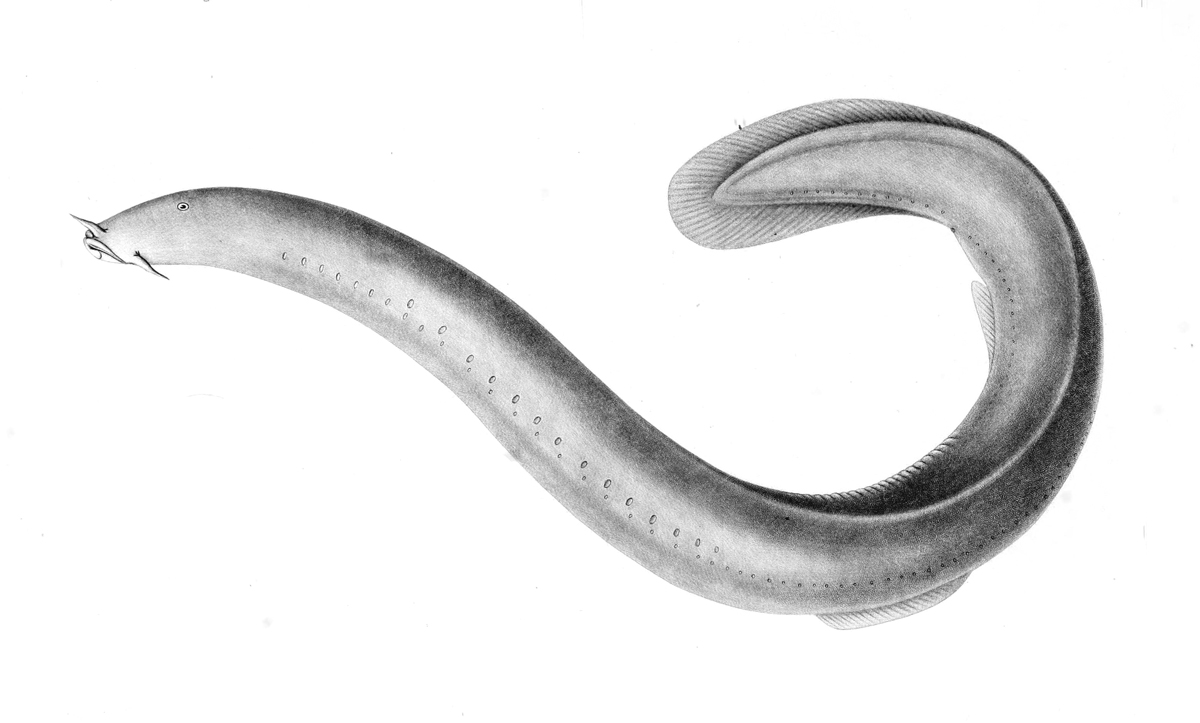
Evolution of the inner ear: insights from jawless fish
A new story for inner ear evolution based on the developmental patterning found in hagfish, one of two extant jawless vertebrates and a link to the last common ancestor of modern jawed vertebrates.
5
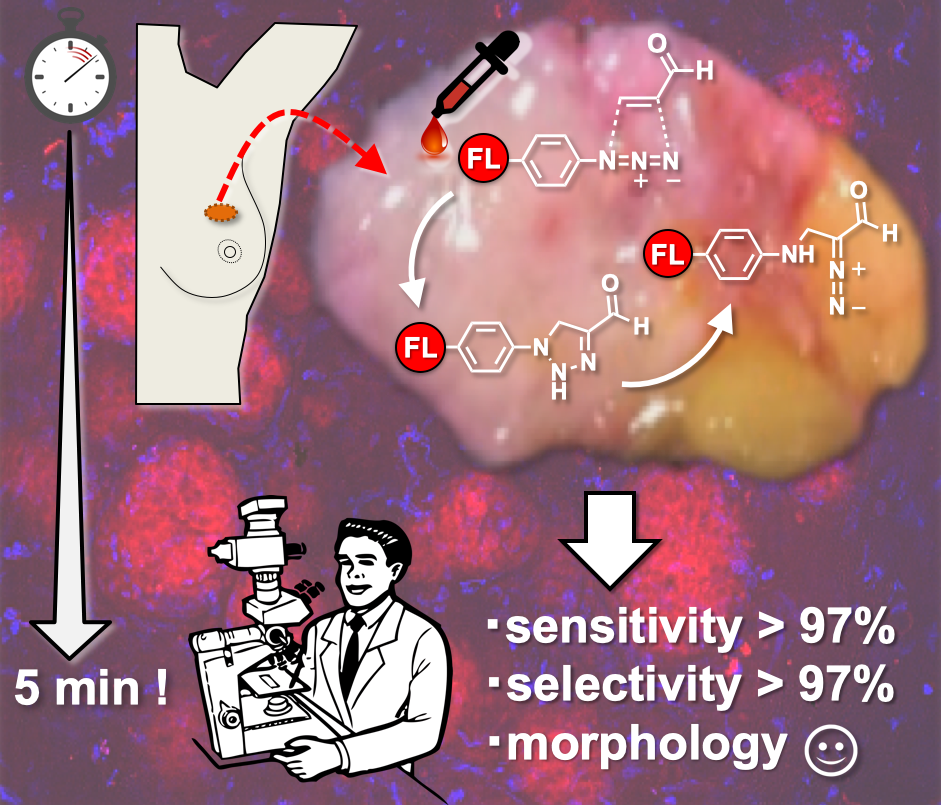
Tumor detection during breast cancer surgery
Scientists have developed a new way to accurately detect the margins between cancerous and non-cancerous tissue during breast cancer surgery.
26
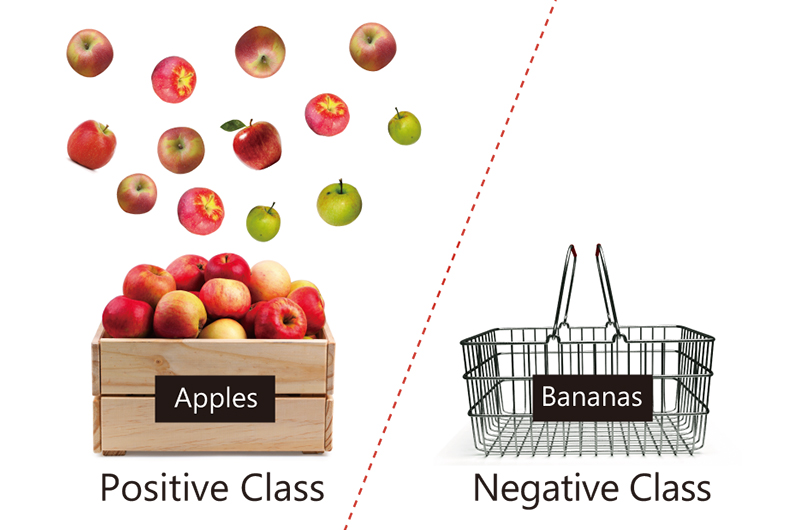
Smarter AI: machine learning without negative data
Scientists have developed a new method for machine learning that allows an AI to make better classifications without negative data.
16
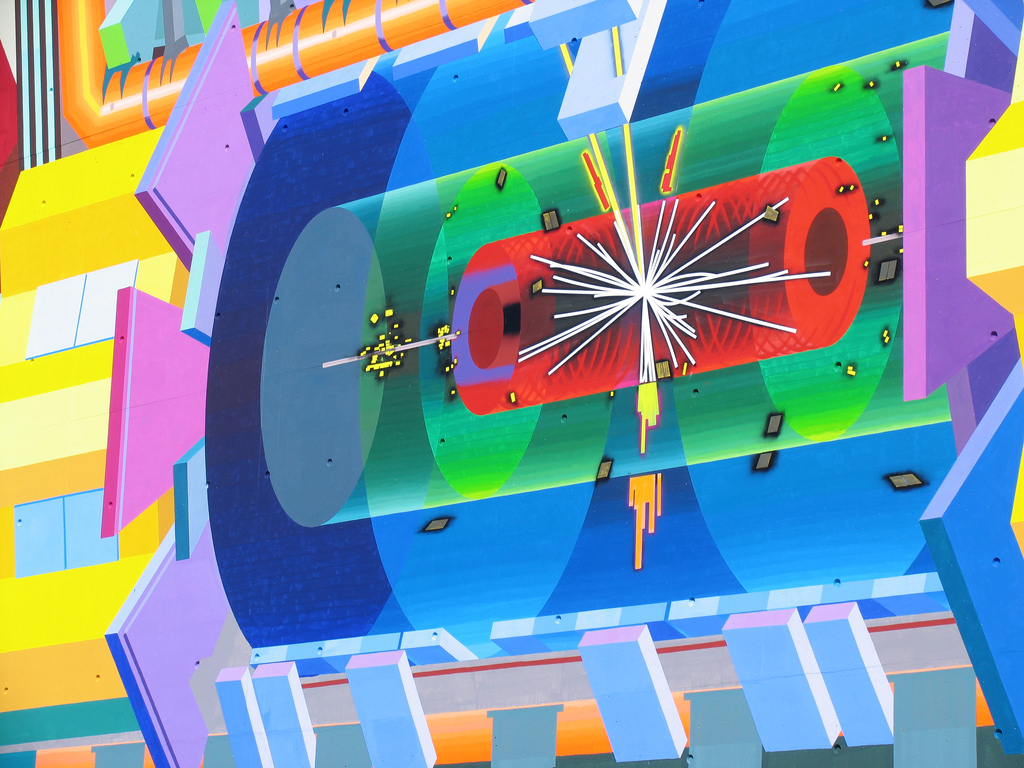
Nerdnite recap: When the brainbow met the boson
13

Mutations, CRISPR, and spinocerebellar ataxia
Scientists discover that mutations causing the degenerative movement disorder spinocerebellar ataxia type 29 work by disrupting calcium release of neurons inside the brain.

